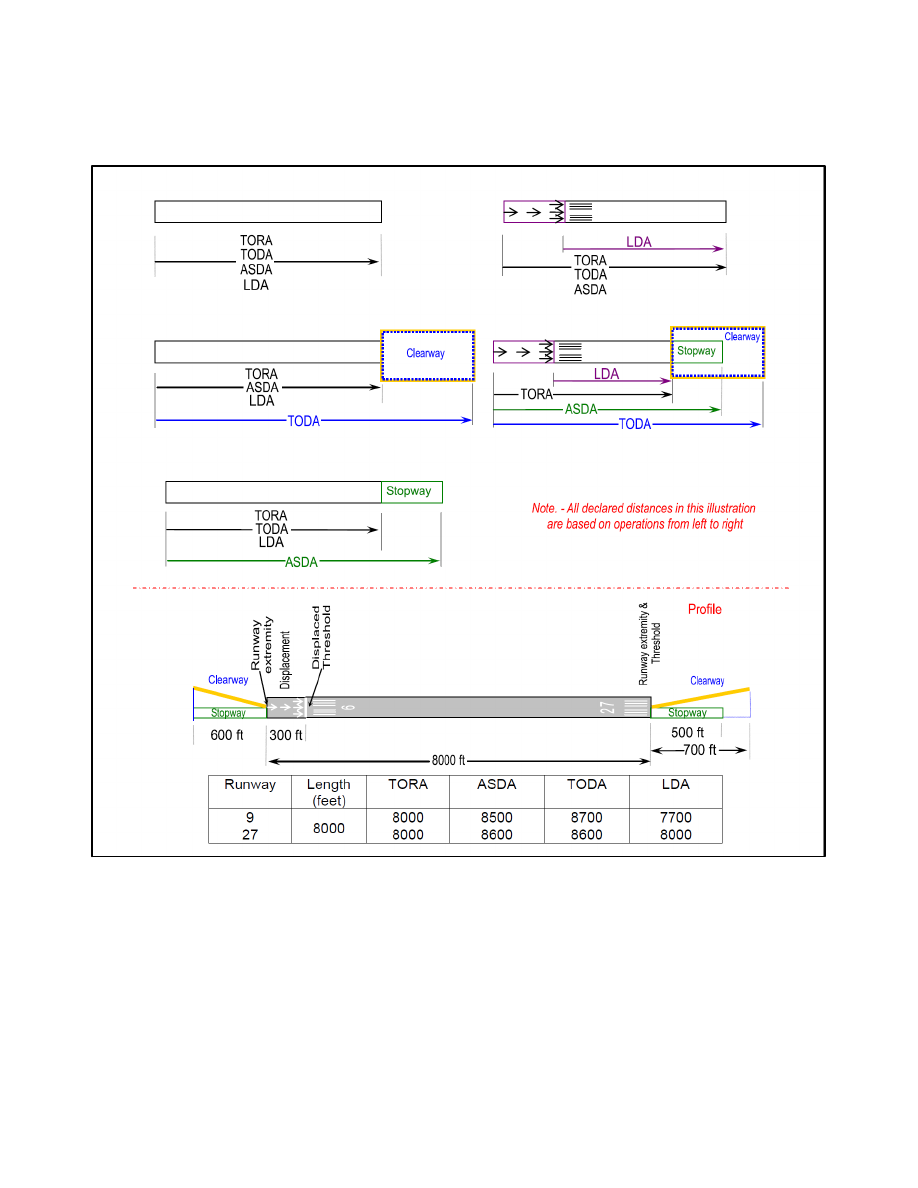
4/20/23
AIM
FIG 4
−
3
−
5
Declared Distances with Full
−
Standard Runway Safety Areas, Runway Object Free Areas, and Runway
Protection Zones
Airport Operations
4
−
3
−
11

4/20/23
AIM
FIG 4
−
3
−
5
Declared Distances with Full
−
Standard Runway Safety Areas, Runway Object Free Areas, and Runway
Protection Zones
Airport Operations
4
−
3
−
11